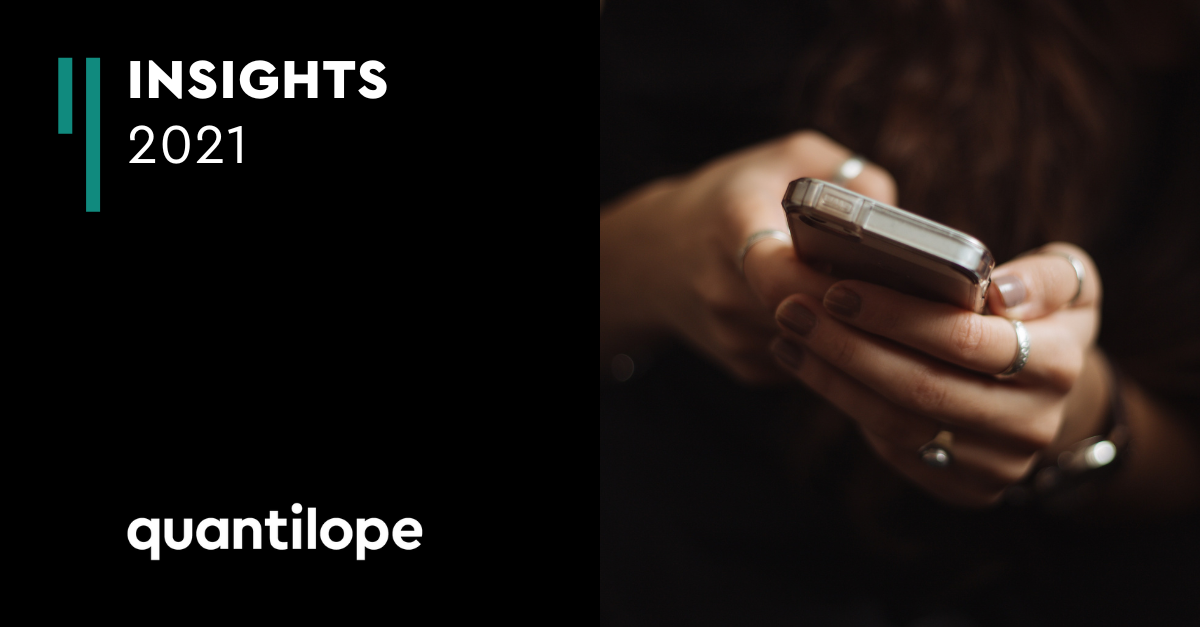Smartphones make for smarter research

The face of market research has changed with the evolution of phones. Your research audience is at your fingertips, and your video survey is at theirs.
Fifteen years ago, if you told somebody you worked in market research, the response would invariably be ‘oh, do you stand on street corners with a clipboard?’ Those much-maligned individuals whose lot it was to persuade passers-by into ticking boxes on a questionnaire were at the coalface of market research, and it didn’t have a great reputation as a result.
Go back just a few more years earlier, and a mobile was something that hung over a baby’s cot. Mobile and cell phones were known as car phones. Not unreasonably, as they weren’t truly mobile, and were indeed only for use in the car. Of course a few city boys were wandering around with enormous contraptions held to their ear, but like those poor market researchers, they too could be objects of mockery.
How things have changed over the past couple of decades. Ownership of mobile/cell phones has risen dramatically - from under half of UK households and just over half of US households at the turn of this century, to 95% from 2015 onwards according to Pew Research Center and Statista, who also estimate that 86% of people aged 12 to 18 regularly use a mobile (and, as parents will know, can’t imagine the prehistoric world in which they didn’t exist).
Of course the type of phones we have has also changed. In 2018, 78% of the UK population and 77% of the US population used a smartphone – a far cry from the basic call-and-text phones of twenty years ago. What was once only possible on a computer, we can now do with a handheld phone, with the result that our daily tasks are increasingly dictated and managed by smartphones; indeed we can feel bereft without them. A recent survey that found 54% of people couldn’t be without their phone for more than two days and 55% check their phones during dinner. And when they do use their phones, as this year’s Global Digital reports by We Are Social and Hootsuite show, people are often going online. Of the approximately eight hours per day spent online by UK and US citizens, half of this is on mobile phones.
Beyond the ease of use, mobile phones change the dynamic between the surveyor and the surveyed. Paper questionnaires were a one-way street; answers were gathered up and that was the last the respondent ever heard of it. With online surveys, and especially video surveys, there is much more scope for dialogue between researcher and respondent, so that the respondent feels he or she has more power in shaping the future of a brand, product or service.
The face of market research has changed with the evolution of phones. Your research audience is at your fingertips, and your video survey is at theirs.
Check out quantilope's tool inColor to see how you can hear from your customers in an authentic and insightful way.
Get in touch with an expert
